Resistors are among the most fundamental components in the field of electronics. One of the most commonly use values is the 1K Ohm resistor. They serve as passive components that limit or regulate the flow of electrical current in a circuit. 1k resistors referred to as the 1000 Ohm resistor.
In this blog post we'll learn about 1k ohms resistors key features, specifications, and frequently asked questions. We will also explore how to read its color code, measure it with a multi-meter, and calculate its limits in a circuit. This guide will enhance our understanding of this critical component.
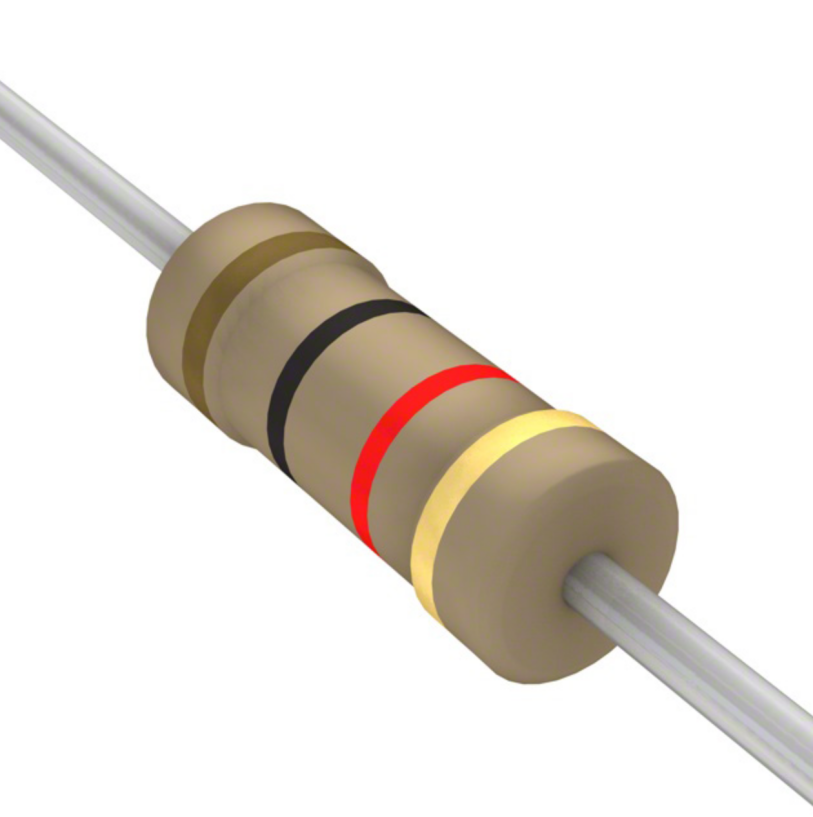
1K Ohm Resistor Color Code
Color | 1st Band | 2nd Band | 3rd Band | Multiplier | Tolerance |
Black | 0 | 0 | 0 | 1Ω | – |
Brown | 1 | 1 | 1 | 10Ω | – |
Red | 2 | 2 | 2 | 100Ω | ±2% (G) |
Orange | 3 | 3 | 3 | 1KΩ | – |
Yellow | 4 | 4 | 4 | 10KΩ | – |
Green | 5 | 5 | 5 | 100KΩ | – |
Blue | 6 | 6 | 6 | 1MΩ | – |
Violet | 7 | 7 | 7 | 10MΩ | – |
Grey | 8 | 8 | 8 | 0.001Ω | – |
White | 9 | 9 | 9 | 0.0001Ω | – |
Gold | – | – | – | 0.1Ω | ±5% (J) |
Silver | – | – | – | 0.01Ω | – |
The resistors colors code is a widely method for indicating resistance values using colored bands printed on the resistor body. For 1K Ohms axial resistors, the standard color code is:
· 1st Band (Brown): 1
· 2nd Band (Black): 0
· Multiplier (Red): x100
· Tolerance (Gold): ±5%
Therefore, a 1K resistor with ±5% tolerance is marked as: Brown - Black - Red - Gold
For resistors with tighter tolerances or different multipliers, the last bands vary accordingly.
Power Rating
0.05W (1/20W) | 0.063W (1/16W) | 0.1W (1/10W) | 0.125W (1/8W) | 0.167W (1/6W) |
0.175W | 0.2W (1/5W) | 0.25W (1/4W) | 0.3W | 0.333W (1/3W) |
0.4W | 0.5W (1/2W) | 0.6W | 0.65W | 0.667W (2/3W) |
0.7W | 0.75W (3/4W) | 1W | 1.2W | 1.25W |
1.5W | 1.7W | 1.75W | 2W | 2.25W |
2.5W | 3W | 3.25W | 3.5W | 3.75W |
4W | 4.5W | 5W | 5.25W | 5.5W |
6W | 6.5W | 7W | 7.5W | 8W |
9W | 10W | 10.5W | 11W | 12W |
13W | 13.5W | 14W | 15W | 16W |
17W | 20W | 25W | 30W | 40W |
50W | 60W |
The power rating of a resistor tells us how much power (in watts) it can safely dissipate as heat. If this rating is exceed, it can overheat, degrade, or even fail catastrophically. Here are common power ratings for 1K Ohm resistors:
· 1/8 Watt (0.125W): Use in low-power signal circuits
· 1/4 Watt (0.25W): The most common size for general-purpose use
· 1/2 Watt (0.5W): Suitable for slightly higher currents
· 1 Watt (1W) and above: Ideal for power circuits and load resistors
Features of the 1K Ohms Resistor
Stronger Pulse Resistance Compared to Chip Resistors
It ability to withstand high-energy pulses, outperforming chip resistors of the same type. This makes it suit for circuits that are subject to sudden voltage spikes or surges. Such as those in power converters, automotive electronics, and switching devices.
Pulse resistance is essential because sudden changes in voltage can lead to resistor failure. Wire-wound or thick-film versions have a better pulse tolerance, offering reliability in demanding applications.
RoHS Compliance and Lead-Free Terminations
With the increasing importance of environmental regulations, manufacture electronic components in compliance with modern standards. The 1K Ohms is available in variants with lead-free terminations, aligning with EU RoHS and China RoHS.
High Stability
Stability is a measure of how consistent a resistor’s resistance value remains over time and under varying environmental conditions. This means its performance remains unchanged even in the presence of temperature fluctuations, humidity, or electrical stress. For applications such as medical instrumentation or high-precision measurement systems, high-stability resistors are critical to achieving accurate and reliable results.
Detailed Specifications of the 1K Ohm Resistors
Tolerance
±0.001%, ±0.002%, ±0.0025%, ±0.005%, ±0.01%, ±0.02%, ±0.05%, ±0.1%, ±0.25%, ±0.5%, ±1%, ±2%, ±3%, ±5%, ±10%, ±20%
Tolerance refers to how much the actual resistance can vary from its stated value. Tolerances for 1K Ohm resistors typically include:
· ±5% (Standard): Acceptable for general-purpose circuits
· ±1% (Precision): Use in timing circuits and analog applications
· ±0.5% or better (High-precision): For measurement or feedback loops
For a 1K resistors with ±5% tolerance, the actual resistance can range from 950 Ohms to 1050 Ohms.
Packaging
Box, Bag, Bulk, Cut Tape, Strip, Tape &Box, Tape& Reel, Tray
1K axial resistors manufacture in different packaging styles to accommodate various assembly techniques. The most common types include:
· Box
· Place resistor loosely or on a paper/cardboard carrier in a small box.
· Common in retail or smaller quantity purchases.
· Bag
· Bundle together and place the resistors in a plastic or antistatic bag.
· Often use for hobbyists or small-scale projects.
· Bulk
· Economic packaging method, use for high-volume assembly or low-cost orders.
· Cut Tape
· A short length of tape (usually part of a longer reel) , suitable for manual assembly or prototyping.
· Strip
· Similar to cut tape; resistors are on a short strip of carrier tape, can organize or bundle for easy hand-picking.
· Tape & Box
· Resistors are on tape and pack inside a protective box, easier to store and access than loose or bulk packaging.
· Tape & Reel
· Resistors are on a continuous tape wound on a reel, standard for mass production.
· Preferred for automated SMT pick-and-place machines.
· Tray
· Components laid out in a tray, normally use for ICs or special types of resistors.
· Not common for standard through-hole resistors.
The selection of packaging depends on whether we are doing hand-soldering or high-speed automated manufacturing.
In-Depth Applications of the 1K Ohm Resistor
Appears in countless applications, including:
LED Current Limiting
When using LEDs, a current-limiting resistor is essential to prevent burning out the diode. Use K resistor in series with an LED connect to a 5V or 12V source to ensure safe current levels.
Voltage Dividers
In a voltage divider circuit, connect two resistors in series, and take the output voltage between them. Use with other resistors to create reference voltages.
Pull-Up and Pull-Down Resistors
Use in digital electronics to define a default logic level when an input is not actively driven.
Transistor Biasing
When biasing the base of a transistor, it can control the base current and enable switching behavior. This is vital in amplifier stages and switching circuits.
RC (Resistor-Capacitor) Filters
RC filters use in signal processing to allow or block specific frequency components. 1K resistor in combination with a capacitor forms low-pass or high-pass filters depending on the configuration.
Dimensions
Here are the typical dimensions for axial resistors at different power ratings based on industry standards. The values are approximate and may vary slightly by manufacturer:
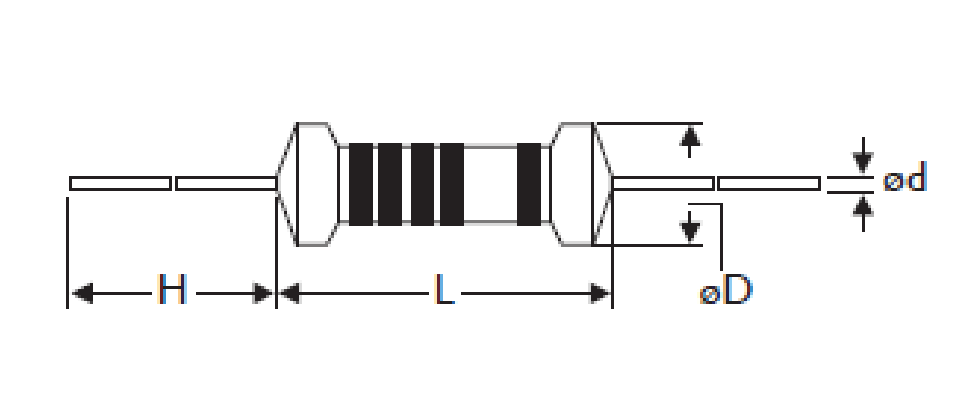
Power Rating | L(mm) | ψD(mm) | H(mm) | ψd(mm) |
0.063W(1/16W) | 2.3~3.0 | 1.2~1.4 | 26~28 | ~0.4 |
0.25W(1/4W) | 3.4 ± 0.3 | 1.9 ± 0.2 | 28 ± 2.0 | 0.45 ± 0.05 |
0.5W(1/2W) | 6.3 ± 0.5 | 2.4 ± 0.2 | 28 ± 2.0 | 0.55 ± 0.05 |
1k ohm resistor 1 watt | 9.0 ± 0.5 | 3.3 ± 0.3 | 26 ± 2.0 | 0.55 ± 0.05 |
2W | 11.5 ± 1.0 | 4.5 ± 0.5 | 35 ± 2.0 | 0.8 ± 0.05 |
3W | 15.5 ± 1.0 | 5.0 ± 0.5 | 33 ± 2.0 | 0.8 ± 0.05 |
Notes:
· All dimensions are in millimeters (mm).
· These dimensions apply to axial-lead resistors (commonly carbon film, metal film, or wirewound types).
· The resistance value (1K ohm) does not affect physical size — the power rating determines the size.
Frequently Asked Questions (FAQs)
1. What is 1K in a resistor?
"1K" is a shorthand notation that stands for 1000 Ohms. The letter "K" comes from the metric prefix "kilo," which means one thousand. So, it provides 1000 Ohms of electrical resistance.
2. What colour is a 1K Ohm resistor?
The standard resistor color code with ±5% tolerance is: Brown - Black - Red - Gold. This code tells us the resistor has the digits 1 and 0, multiply by 100, giving 1000 Ohms.
3. How do you read a 1K resistor?
Reading it involves interpreting the colored bands:
· Brown = 1 (first digit)
· Black = 0 (second digit)
· Red = 100 (multiplier)
· Gold = ±5% (tolerance) So the calculation is: 10 × 100 = 1000 Ohms
4. What is the value of a 1K resistor in a multi-meter?
To measure it using a digital multi-meter, set the meter to the resistance (Ω) setting. A properly functioning 1K ohms should show a reading close to 1000 Ohms. For a ±5% tolerance, the multi-meter may read between 950 and 1050 Ohms.
HOT NEWS
The 0402 Resistor: A Comprehensive Guide
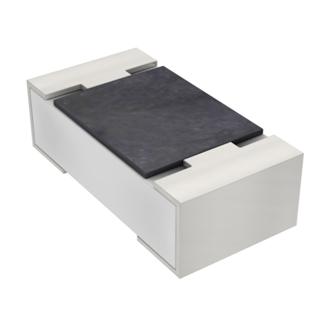
0402 Resistor
2025-05-06
Understanding A 0603 Resistor
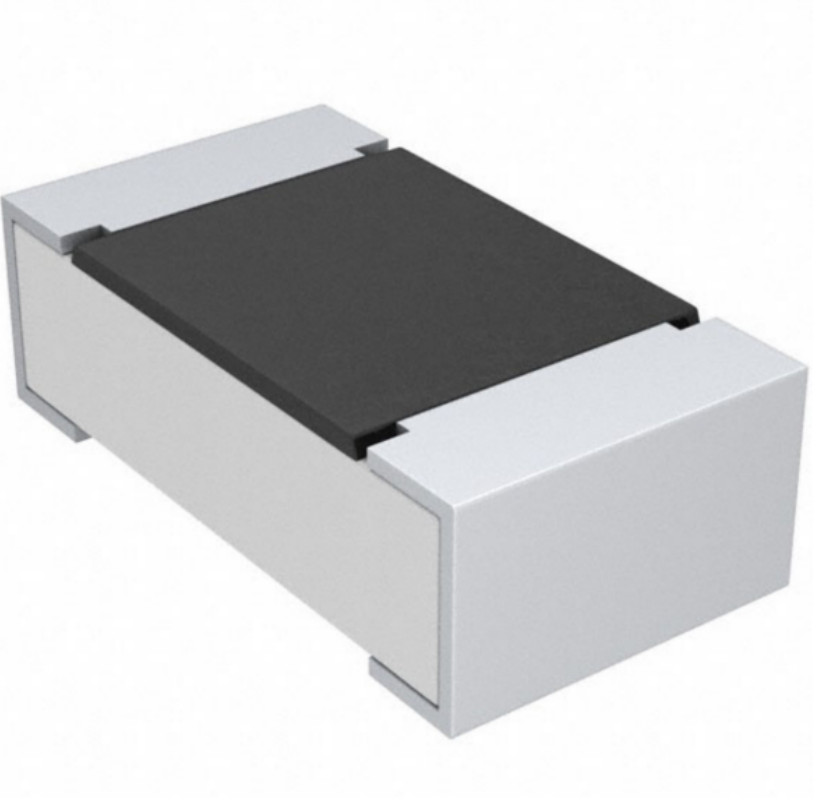
0603 resistor,dimensions,marking code, values
2025-05-29
What is 10k Ohm Resistor?

10k resistor 10k resistor color code
2025-05-14
Everything You Need To Know About ARE1309 Relay

2025-04-23
What Is A 1206 Resistor?
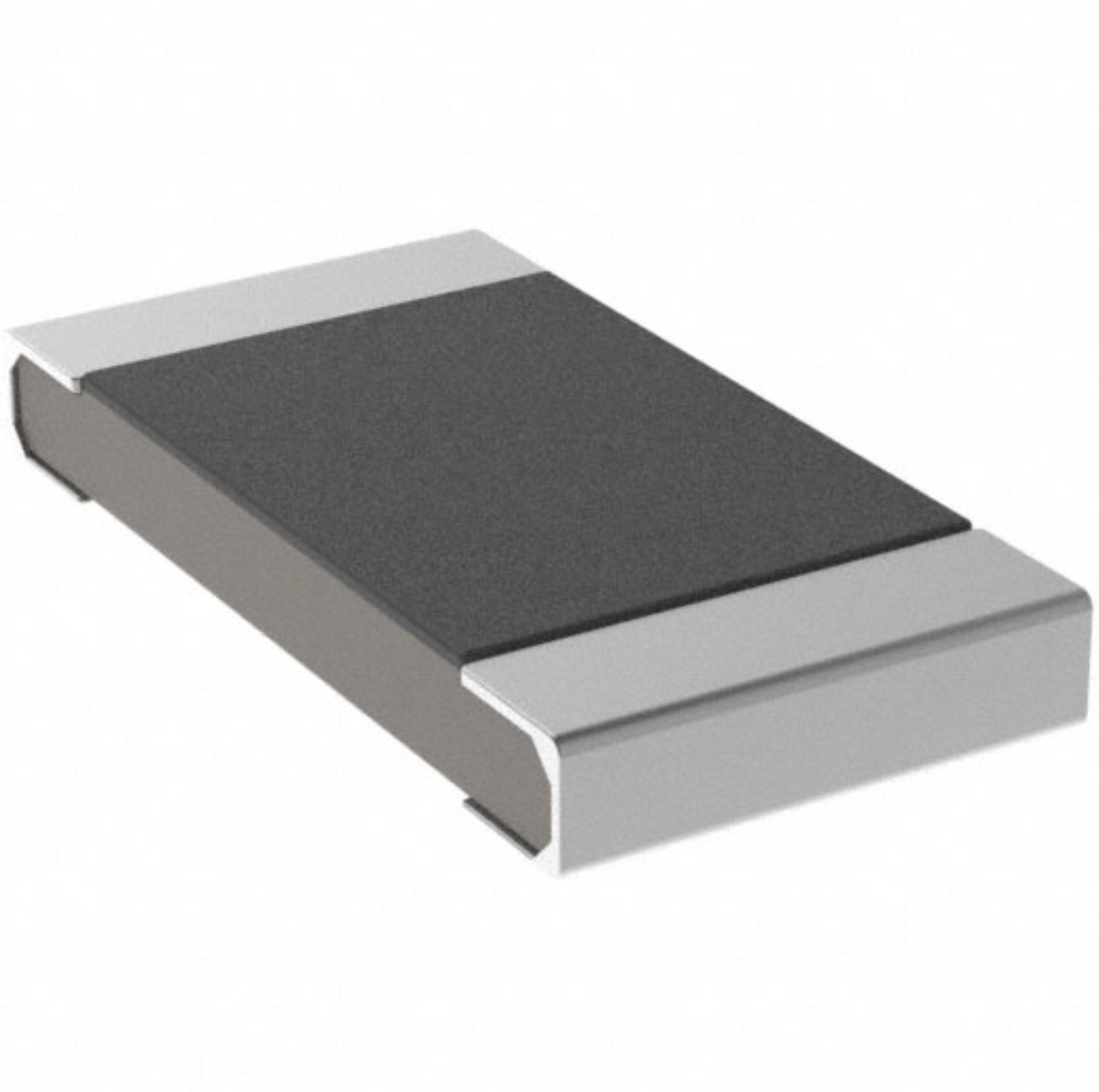
1206 resistor dimensions,footprint,value
2025-06-05
120 Ohm Resistor- Specifications, Applications, and Features
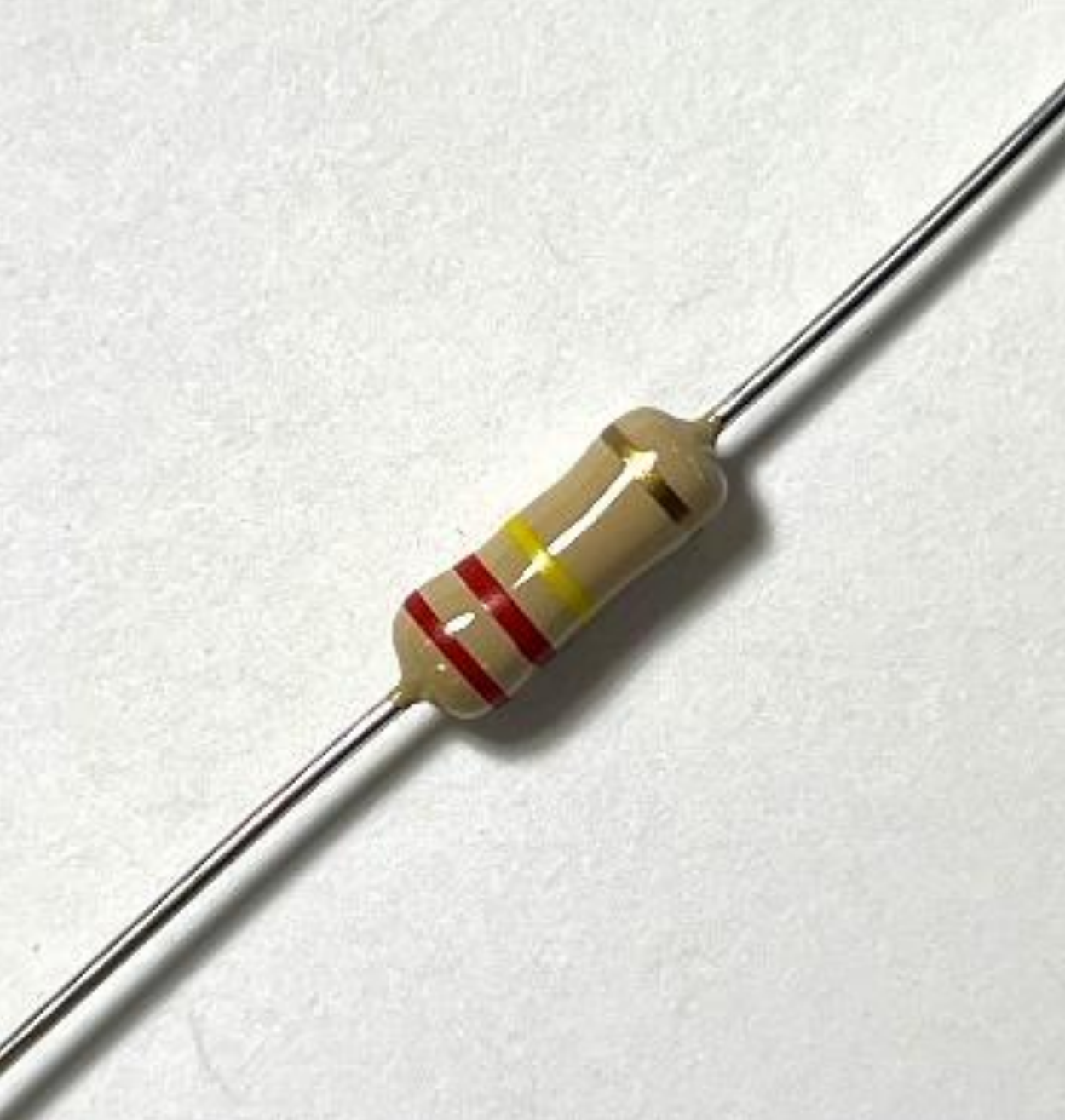
2025-05-12
What Is The 1K Ohm Resistor?

1k ohm resistor and color code
2025-05-21
What is 100 Ohm Resistor And Color Code?
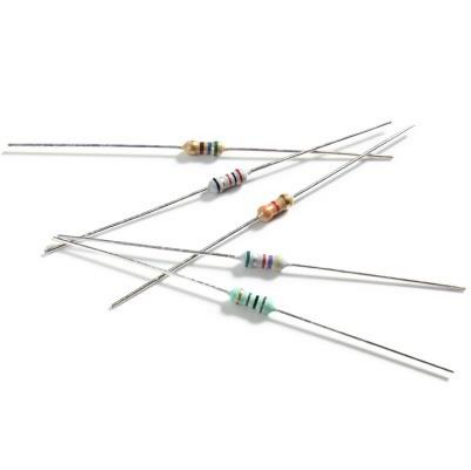
100 ohm resistor color code
2025-05-17
What Is The 0805 Resistor?
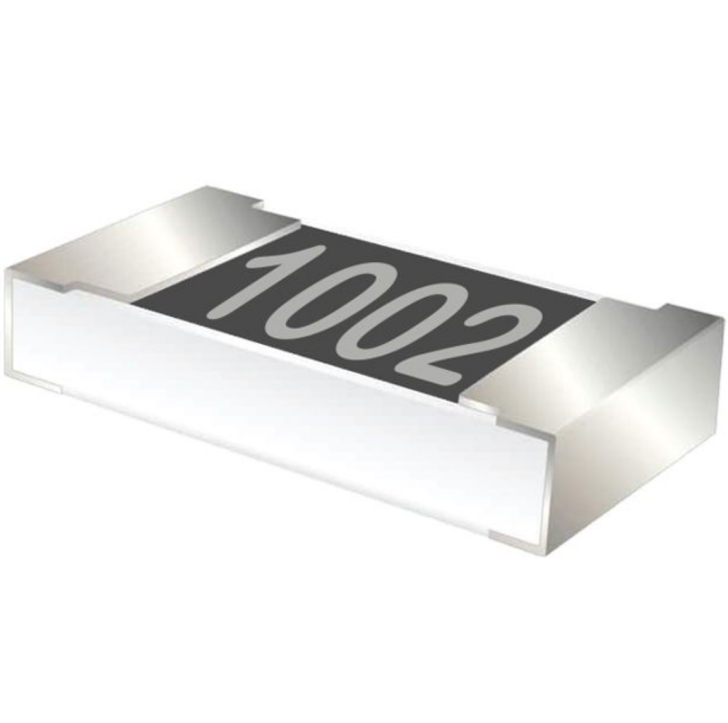
0805 Resistor, dimensions, value, tolerance, footprint
2025-05-31
What Is A 0201 Resistor?
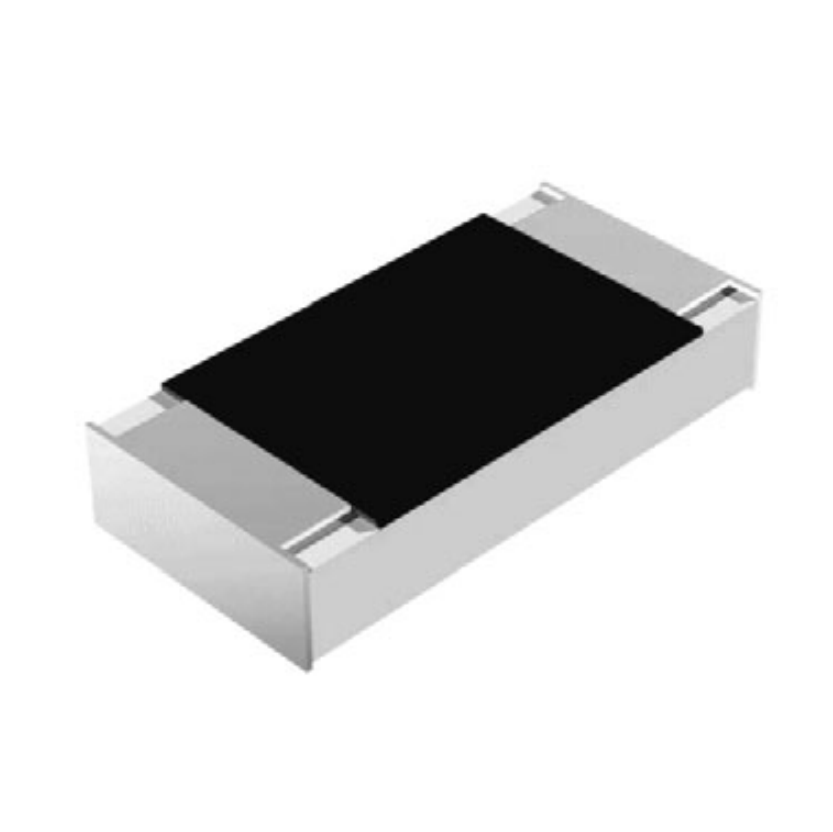
0201 Resistor dimensions, footprint,values
2025-05-24











 Product Catalog
Product Catalog





